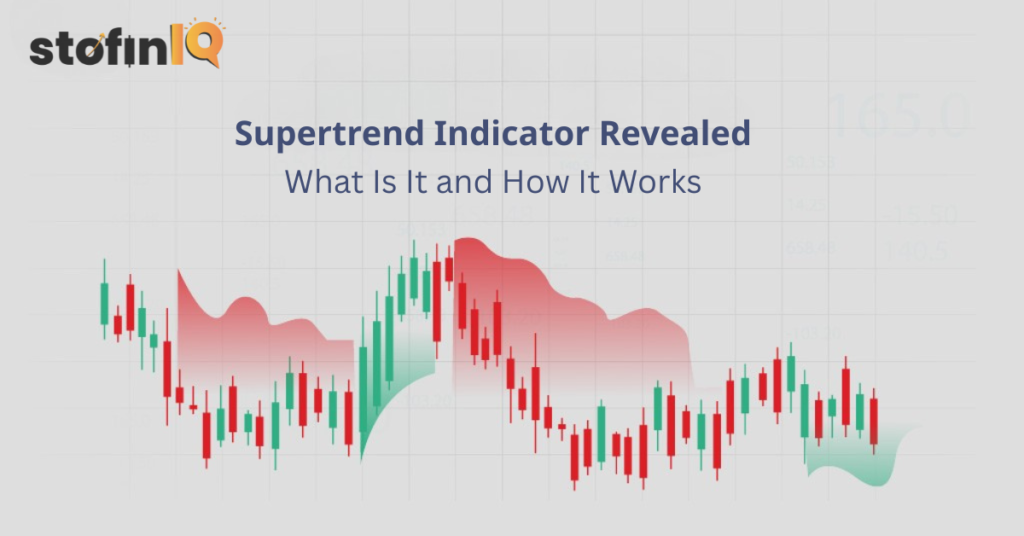Trading cryptocurrencies is a psychological game that involves more than just complicated, cold numbers. Although technical analysis and fundamentals are important, market sentiment, or the general attitude of traders, has the power to quickly move prices up or down.
Table of Contents
ToggleHave you ever watched Bitcoin soar without any apparent cause? Or abruptly crash in spite of good news? That’s the sentiment of the market. We’ll go into great detail in this guide about how emotions influence cryptocurrency markets, how to quantify them, and—above all—how to utilize them to make more informed trading decisions.
What Exactly Is Market Sentiment?
Market sentiment refers to the aggregate emotional disposition of traders and investors towards an asset, or the marketplace itself. Sentiment is not reliant on hard data but on the psychology of fear, greed, confidence, and uncertainty.
For traditional markets, sentiment has some influence over price direction, but in crypto—prices swing wildly, and news travels at light speed—market sentiment can mean the difference between catching a 50% pump or getting wrecked on a flash crash.
Why Is Market Sentiment So Important in Crypto?
1. High Volatility: Even minor emotional changes can cause enormous price fluctuations.
2. Retail-Driven Market: Emotions play a larger role in the cryptocurrency market than in stocks because individual traders, not just institutions, have a significant influence.
3. Round-the-clock News Cycle In just a few minutes, a regulatory headline or a single tweet from a cryptocurrency influencer can change the mood of the market.
How to Gauge Market Sentiment: Tools & Indicators
Since you can’t measure emotions directly, traders use indirect methods to track market sentiment. Here are the most effective ones:
1. Crypto Fear & Greed Index
This is the go-to gauge for market sentiment. It aggregates:
- Price volatility (big swings = fear)
- Social media trends (hype = greed)
- Dominance & volume (altcoin surges signal risk appetite)
🔹 How to Use It:
- Extreme Fear (0-25) → Potential buying opportunity (panic selling = undervalued prices).
- Extreme Greed (75-100) → Caution! The market may be overbought.
2. Social Media & News Sentiment Analysis
Platforms like X, Reddit, and Telegram are market sentiment goldmines. Tools like:
- LunarCrush (tracks social engagement)
- Santiment (analyzes crowd behavior)
- Google Trends (shows search interest spikes)
🔹 Example: If “Ethereum” suddenly trends with positive sentiment, it could precede a rally.
3. Trading Volume & Order Book Data
- Spiking volume + upward price? Bullish market sentiment.
- Are high-sell orders stacking up? A bearish shift coming.
4. Whale Watching
Large holders (whales) can shift market sentiment with a single move. Track:
- Exchange inflows/outflows (Are whales moving coins to sell?)
- Large transactions (Big buys = confidence; big sells = caution)

Trading Strategies Based on Market Sentiment
Now that you can measure market sentiment, how do you trade it?
Contrarian Approach: Buy Fear, Sell Greed
- When the Fear & Greed Index hits extreme fear, it’s often a good time to accumulate.
- When greed is at its peak, consider taking profits before a pullback.
Example: Bitcoin’s 2022 crash saw extreme fear—those who bought then saw massive gains in 2023.
Trend Confirmation: Use Sentiment with TA
- If market sentiment is bullish and Bitcoin breaks a key resistance level, it strengthens the buy signal.
- If sentiment turns bearish while RSI is overbought, expect a correction.
News-Based Sentiment Shifts
- Positive news (ETF approval, partnerships)? Ride the hype but watch for overextension.
- FUD (Fear, Uncertainty, Doubt)? Wait for panic to settle before buying the dip.
The Dark Side of Market Sentiment: Pitfalls to Avoid
While market sentiment is powerful, blindly following it can backfire.
Herd Mentality Traps
- Just because everyone’s buying XYZ doesn’t mean you should. Many get burned buying at the top.
- Solution: Always check if the hype is backed by fundamentals.
Manipulation & Fake Sentiment
- Pumps & dumps, fake news, and paid shilling can distort market sentiment.
- Solution: Cross-check multiple sources before acting.
Overreactions & False Signals
- Crypto often overreacts to news. A 20% drop might reverse in hours.
- Solution: Don’t panic-sell—wait for confirmation.
Advanced Tips to Master Market Sentiment
1. Monitor Sentiment in Real-Time – Tools such as TradingView sentiment indicators or Glassnode alerts can be utilized.
2. Compare sentiment across periods – Is today’s fear merely a blip, or is it a pattern we’ve observed for a while?
3. Combine with on-chain data – Use exchange reserves, staking activity, and derivatives for confirmation.
Final Thoughts
While market sentiment doesn’t tell you everything, ignoring it can leave you unprepared for a storm. Think of it as the weather of cryptocurrency trading. Understanding crowd psychology, fear, and greed will help you recognize opportunities—and traps—before they become apparent.
Your Turn: When trading, do you take market sentiment into account? What is your preferred indicator? Let’s talk about this in the comments!

